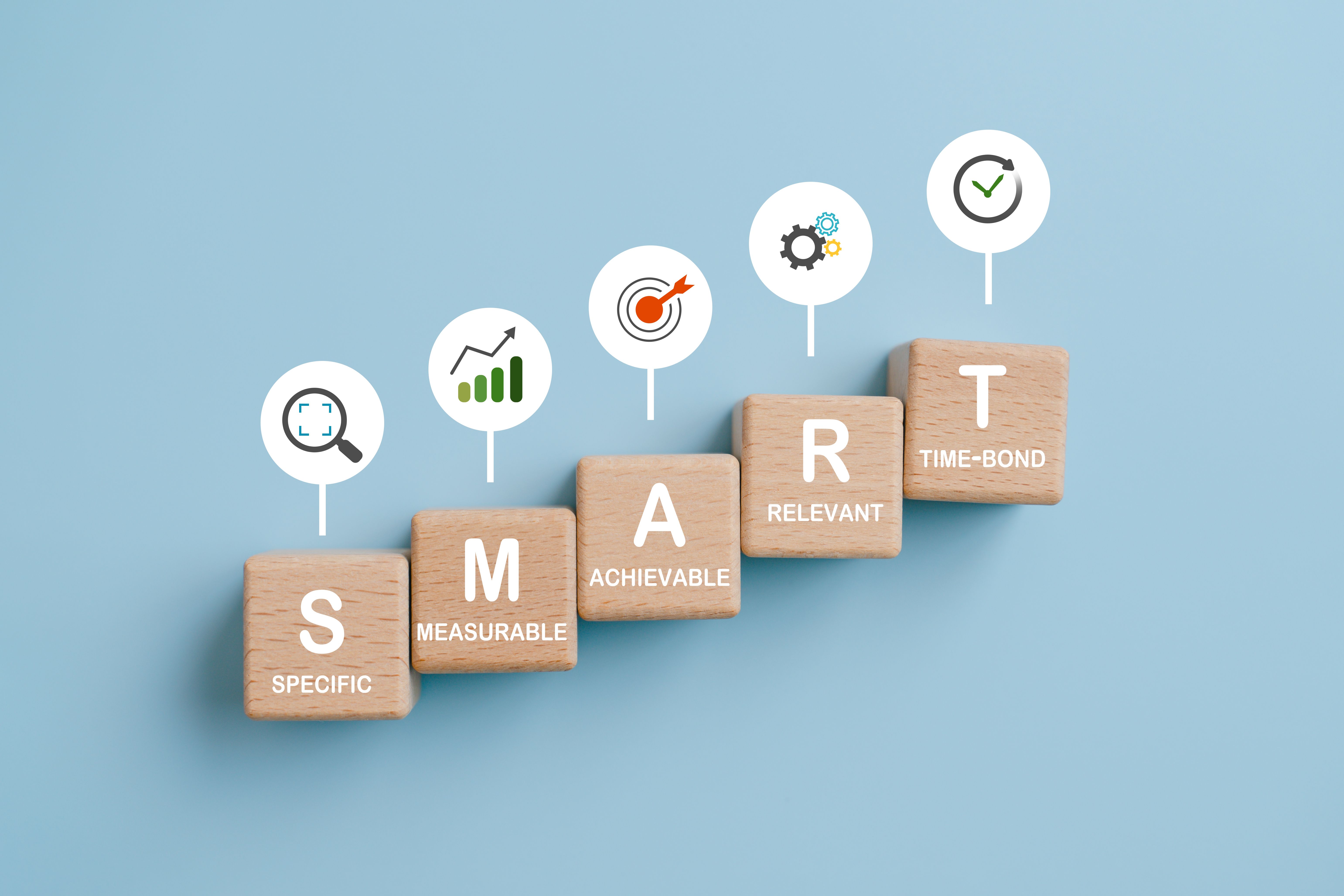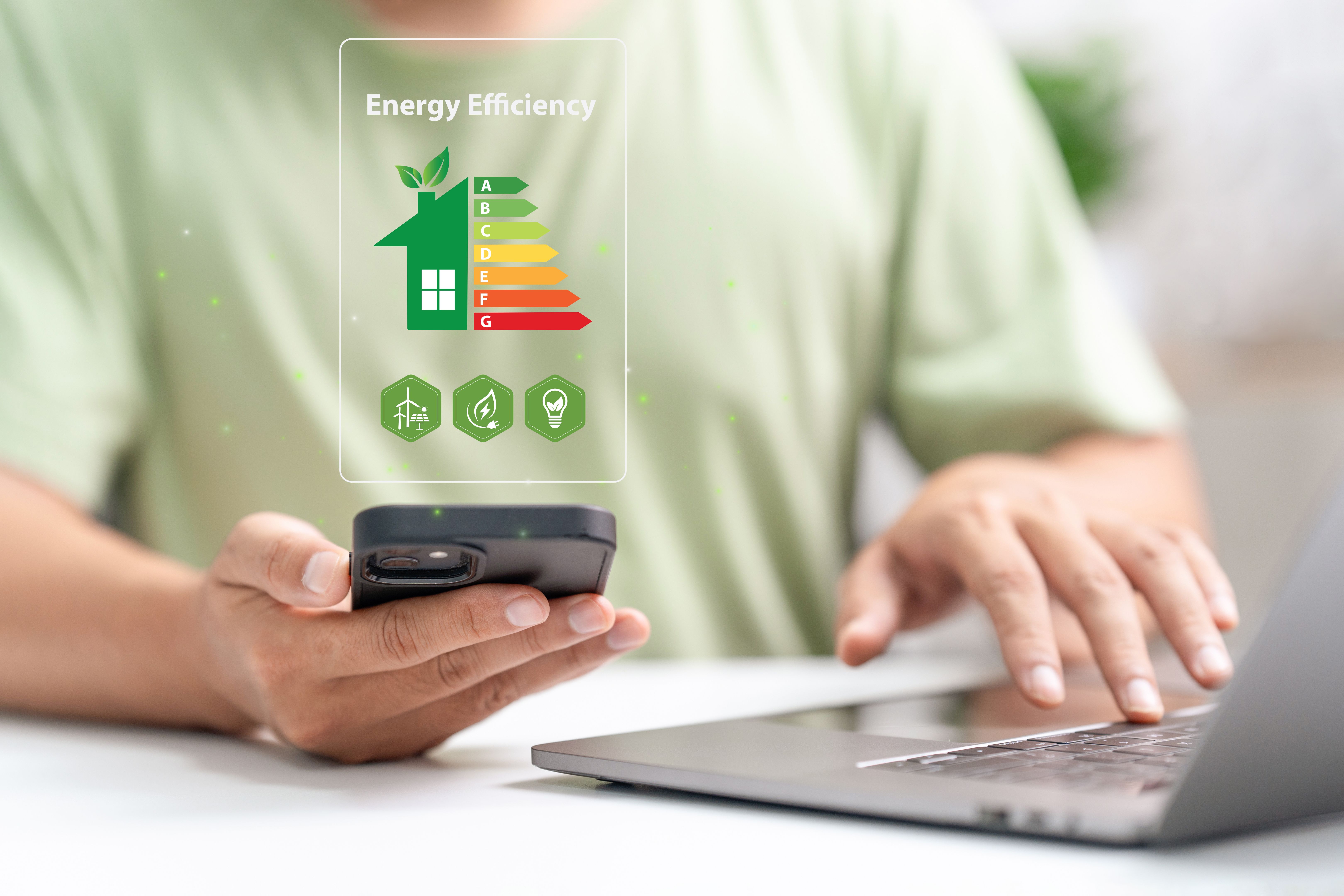SMART Objectives for Enhancing Floor Energy Solutions in Environmental Sustainability
Understanding SMART Objectives
In the pursuit of enhancing floor energy solutions for environmental sustainability, setting clear and achievable goals is crucial. This is where SMART objectives come into play. SMART stands for Specific, Measurable, Achievable, Relevant, and Time-bound. These criteria ensure that goals are well-defined and attainable within a set timeframe, providing a solid foundation for success.
By developing SMART objectives, businesses can focus their efforts effectively, ensuring that every step taken towards enhancing energy solutions is purposeful and aligned with broader sustainability goals. This approach not only aids in monitoring progress but also in making necessary adjustments along the way.

Specific Goals for Energy Solutions
To begin with, objectives should be as specific as possible. For instance, instead of stating a vague aim like "improve energy efficiency," a specific goal would be "reduce energy consumption in our office buildings by 20% within the next year." This clarity helps teams understand exactly what needs to be achieved and how to direct their efforts.
Specificity allows for more effective planning and resource allocation, ensuring that every action taken is directly contributing to the desired outcome. It also helps in communicating goals clearly across all levels of the organization.
Measuring Success: The Key to Progress
Measurable objectives are essential to track progress and determine success. Having quantifiable indicators such as percentage reductions in energy use or cost savings achieved helps in assessing whether the objectives are being met. Regular measurement against these indicators provides valuable insights into the effectiveness of implemented strategies.

This measurement process should be continuous, allowing for real-time adjustments and improvements. It fosters a culture of accountability and continuous improvement, ensuring that sustainability efforts remain on track.
Achievability and Realistic Expectations
While ambition is important, objectives must be achievable to maintain motivation and morale. Setting realistic goals—as opposed to overly ambitious ones—ensures that the team remains engaged and focused on the task at hand. Achievable objectives consider the available resources, time constraints, and current capabilities.
By setting realistic targets, organizations can build momentum through small wins, eventually paving the way for more significant achievements in their sustainability journey.

Relevance to Sustainability Goals
Objectives should not only be achievable but also relevant to the organization's overall mission of environmental sustainability. Each goal should align with broader sustainability initiatives, ensuring that efforts contribute meaningfully to reducing environmental impact.
Relevance ensures that resources are allocated efficiently, avoiding efforts that do not significantly contribute to sustainability objectives. It also helps in gaining stakeholder support and buy-in, as all actions are seen as part of a coherent strategy.
Time-bound Objectives for Accountability
Finally, setting a clear timeframe for achieving objectives is crucial. Time-bound goals provide a deadline that creates urgency and prompts action. For instance, aiming to achieve certain energy reductions within the next 12 months ensures that efforts are sustained and not postponed indefinitely.
Having a timeline also allows for periodic evaluations, ensuring that the organization stays on track and can celebrate milestones reached along the journey. It fosters a sense of accomplishment and keeps the team motivated toward achieving the ultimate goal of enhanced energy solutions for sustainability.
